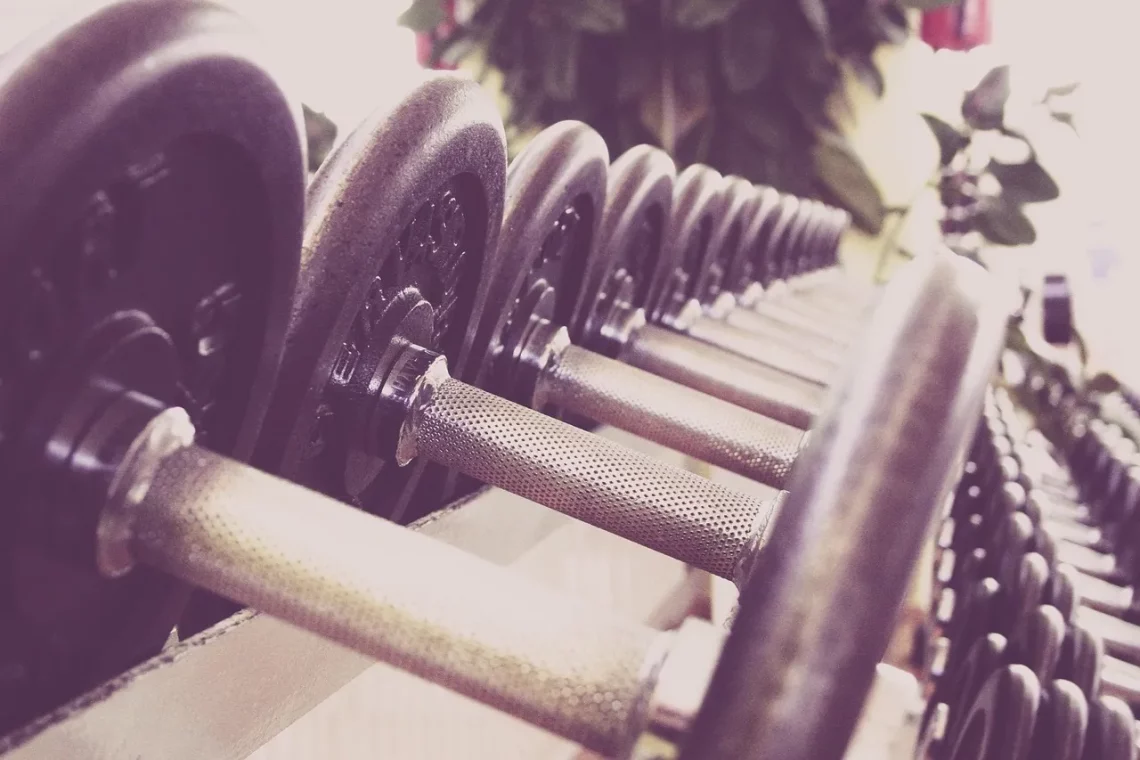
Understanding the Weight of a Chest Press Bar for Your Workouts
When it comes to strength training, the chest press is one of the cornerstone exercises for building upper body strength. Frequently found in gyms, this exercise can be performed using various types of equipment, including machines, dumbbells, and barbells. For many fitness enthusiasts, understanding how much a chest press bar weighs is an essential aspect of their workout regimen.
The weight of the bar can significantly influence your training sessions, affecting everything from the number of repetitions you can perform to your overall lifting technique. Moreover, knowing the weight of the bar helps you make informed decisions about your workout plan, ensuring that you are training effectively and safely. As you delve into the world of strength training, grasping the significance of the chest press bar’s weight and how to incorporate it into your workouts can help you reach your fitness goals more efficiently.
Different Types of Chest Press Bars
When considering the weight of a chest press bar, it’s essential to recognize that not all bars are created equal. There are various types of chest press bars, each designed for specific purposes and weight capacities. The most common types include Olympic bars, standard bars, and specialty bars.
Olympic bars are typically used in commercial gyms and are designed to hold heavier weights. They usually weigh about 45 pounds (20.4 kg) and are 7 feet long. These bars have a larger diameter, which can provide a better grip for those lifting heavier weights. The added weight of an Olympic bar can also enhance the intensity of your workout, making it more effective for muscle building.
Standard bars, on the other hand, are shorter and lighter, usually weighing around 30 pounds (13.6 kg). They are often found in home gyms and are suitable for beginners or those who prefer lighter weights. The shorter length can make them easier to handle, especially for those who are just starting their strength training journey.
Specialty bars, such as the Swiss bar or safety squat bar, offer unique advantages. For instance, the Swiss bar has multiple grip options, allowing for varied hand placements that can target different muscle groups. These bars may weigh anywhere from 30 to 50 pounds, depending on their design.
Understanding the type of bar you are using helps to gauge how much weight you should add to your workouts. Each bar’s design and weight can impact your performance, so it’s crucial to choose the right one for your training objectives.
How to Determine the Right Weight for Your Chest Press
Selecting the appropriate weight for your chest press is crucial for maximizing your workouts and minimizing the risk of injury. Several factors influence the weight you should use, including your fitness level, training goals, and experience with strength training.
For beginners, it’s essential to start with lighter weights to master the correct form and technique. This approach helps build a solid foundation and reduces the risk of injuries. When starting with a chest press, consider using a standard bar or even an empty Olympic bar to focus on your form. Once you feel comfortable with your technique, you can gradually increase the weight.
Intermediate and advanced lifters may have different considerations when determining their weights. Those seeking to build muscle mass may opt for heavier weights, typically within the 70-85% range of their one-rep max. This range is effective for hypertrophy, allowing for significant muscle growth. However, it’s vital to ensure that your form remains uncompromised, as lifting too heavy can lead to poor technique and potential injuries.
Another important factor is your training goals. If your aim is to increase strength, you may want to lift heavier weights with fewer repetitions. In contrast, if you’re focusing on endurance, lighter weights with higher repetitions may be more effective. Listening to your body and adjusting the weight according to your comfort level and performance is key to a successful training regimen.
Safety Considerations When Lifting Weights
Safety should always be a top priority when lifting weights, especially when performing exercises like the chest press. Understanding the weight of the bar and how it fits into your overall workout plan is vital for maintaining safety during your training sessions.
One of the most critical safety measures is ensuring proper form throughout your lifts. Incorrect form can lead to injuries, particularly in the shoulders, wrists, and back. Always keep your feet flat on the ground, maintain a neutral spine, and avoid arching your back excessively. Engaging your core throughout the movement can also help protect your lower back.
Using a spotter is another essential safety practice, especially when lifting heavier weights. A spotter can assist you in maintaining control during the lift and can help you if you struggle to complete a repetition. If a spotter isn’t available, consider using weightlifting equipment that has built-in safety features, such as a power rack or Smith machine.
Additionally, it’s crucial to warm up before your workout. A proper warm-up increases blood flow to your muscles, preparing them for the physical demands of lifting. Dynamic stretches and light cardio can be effective in preparing your body for the workout ahead.
Lastly, always listen to your body. If you feel pain or discomfort while lifting, it’s essential to stop and reassess your form or the weight you are using. Pushing through pain can lead to serious injuries that may sideline your training for an extended period.
Incorporating the Chest Press into Your Routine
The chest press is a versatile exercise that can be incorporated into various workout routines. Whether you are focusing on upper body strength, overall muscle building, or endurance, the chest press can play a pivotal role in achieving your fitness goals.
For those training for hypertrophy, consider combining the chest press with other compound movements, such as bench presses and push-ups. This combination targets multiple muscle groups, enhancing overall strength and muscle development. A typical workout might include three sets of eight to twelve repetitions of the chest press, followed by similar sets of other upper body exercises.
If your goal is endurance, you may want to reduce the weight and increase the number of repetitions. This approach can improve muscle stamina and overall fitness levels. Incorporating supersets or circuit training, where you perform different exercises back-to-back with minimal rest, can also boost your endurance while keeping your heart rate elevated.
For those who prefer a full-body workout, integrating the chest press into a well-rounded regimen that includes lower body and core exercises can be beneficial. This approach promotes balanced muscle development and functional strength.
Regardless of your specific goals, the chest press can be a valuable addition to any workout routine. Its versatility allows it to be modified for various fitness levels, making it suitable for beginners and experienced lifters alike.
In conclusion, understanding the weight of a chest press bar is essential for optimizing your strength training sessions. By selecting the appropriate bar and weight, adhering to safety practices, and incorporating the chest press effectively into your routine, you can enhance your overall fitness journey.
**Disclaimer**: This article is not intended as medical advice. If you have health concerns or medical issues, please consult a qualified healthcare professional.




